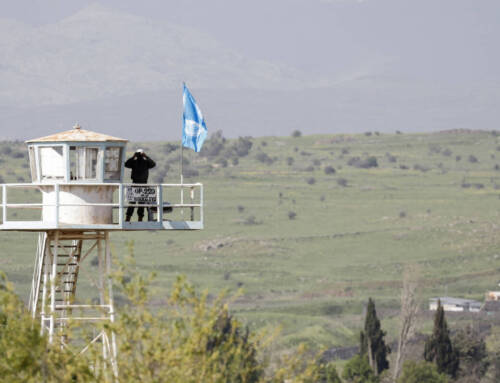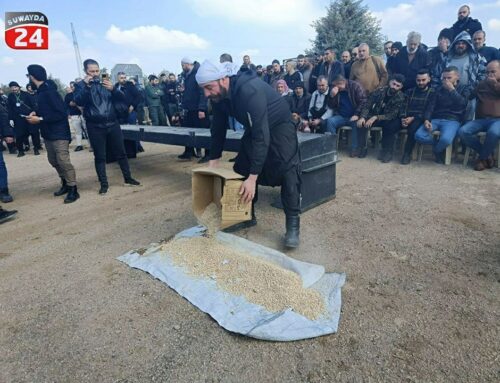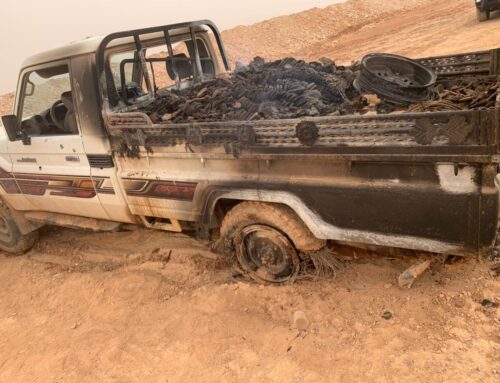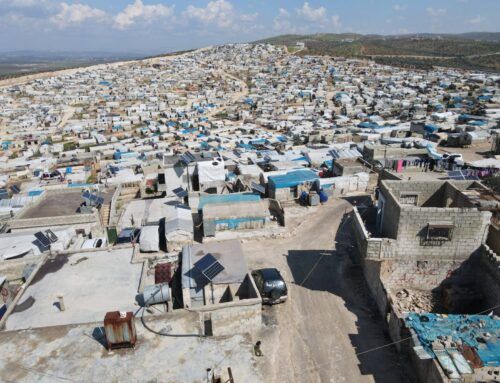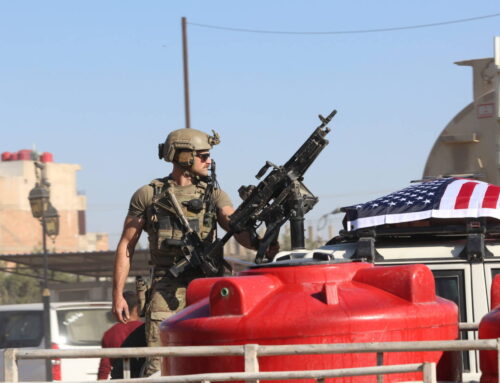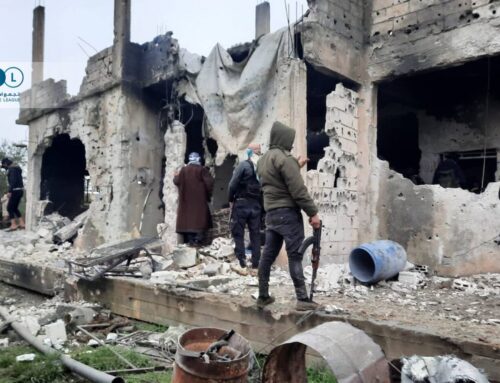Activist: ‘Quneitra’s revolutionaries have met the call of Latakia’
April 10, 2014 The Syrian Revolutionaries Front claimed Wednesday to […]
10 April 2014
April 10, 2014
The Syrian Revolutionaries Front claimed Wednesday to have captured a major weapons depot in the Tel Ahmar hills of Syria’s Quneitra province, which sits along the country’s southwestern border with Israel and contains the Israeli-occupied Golan Heights. The advance comes after opposition forces in Quneitra announced two military campaigns in the last week, both of which rebels linked to the opposition’s ongoing “Anfal” campaign in northwestern Latakia province—one entitled “The Echo of Anfal” and the other “The Dawn of Unity in Support of Anfal.”
“The Anfal campaign was launched in Latakia, and the rebels in Latakia started calling for other groups to open fronts in various parts of Syria,” says Jamal al-Joulani Abu al-Abbas, a Quneitra-based activist and member of the Syrian Revolution Coordinators’ Union.
The rebel push has focused on the Tel Ahmar Hills, al-Abbas tells Syria Direct’s Mohammad Ali al-Haj Ali because they “look out over all the roads in southern Quneitra, so Syrian forces can constantly target the Free Syrian Army’s resupply routes.”

Q: Quneitra has been the site of noticeable military escalation in recent days. Can you explain what triggered this new fighting?
The first reason for the escalation is the Tel Ahmar hills, which are in the center of the province. Regime forces use the hills as a base from which to launch military operations—bombardment and otherwise—in liberated territory in Quneitra. Secondly, rebel fighters in Quneitra have been trying to capture these hills for roughly two-and-a-half months.
Q: What is the relationship between the fighting on the coast and the fighting in Quneitra?
Quneitra is nearly 400 kilometers from the coast. The relationship between the two battles is as follows. The Anfal campaign was launched in Latakia, and the rebels in Latakia started calling for other groups to open fronts in various parts of Syria—battles were initiated in Eastern Ghouta, Jabal a-Sheikh [in southwestern Syria], the western Damascus suburbs, and in Quneitra. Quneitra’s revolutionaries have met the call of Latakia’s revolutionaries. They chose to name their battle the Echo of Anfal out of brotherhood and unity.
Q: Where are the Tel Ahmar hills located in Quneitra, and what is their strategic importance?
They’re right in the middle of the province, and run along the border with Israel. The western hill is only about 1.5 kilometers from the Israeli border. In the most basic sense, the hills are important because they look out over all the roads in southern Quneitra, so Syrian forces can constantly target the Free Syrian Army’s resupply routes—to say nothing of the shelling on surrounding villages.
The army bombarded villages from the hills—there are tanks and cannons right in the heart of the hills, and they targeted the roads and villages. To put it another way, there was no reason to launch the battle to liberate the hills except that they were posing a great risk to the area. So we’ve finished with the western portion, and now we’re besieging the eastern portion.
Q: What gains have opposition fighters made in Quneitra?
The last battle in Quneitra was about two and a half months ago, during which rebels liberated large portions of southern Quneitra. After this battle, rebels put in place a blockade around the Tel Ahmar hills, which remained in place until rebels liberated them on Monday. 70 percent of Quneitra has now been liberated. There are still a number of hills that government forces use to shell villages and liberated areas, and there is also the provincial capital and two other areas called Khan Arnaba and al-Baath city until regime control. The rest of the province is under opposition control.
Q: A large portion of Quneitra is designated as a demilitarized zone as part of Syria’s truce with Israel. How is the regime able to operate in these areas?
To start with, the demilitarized zone is currently under rebel control. Secondly, these areas are being bombarded with artillery and heavy weapons from afar—we activists have recorded a large number of Syrian army warplanes and helicopters. How are they flying over these demilitarized zones?! It seems Israel isn’t bothered by this, because it hasn’t protested except in certain circumstances. For instance, Israel responded after a number of shells launched from regime areas fell on the Israeli side of the border.
For more from Syria Direct, like us on Facebook or follow us on Twitter.
In our News Roundup, we summarize the day’s most important events from local sources inside Syria. Subscribe here to have it delivered to your inbox.

